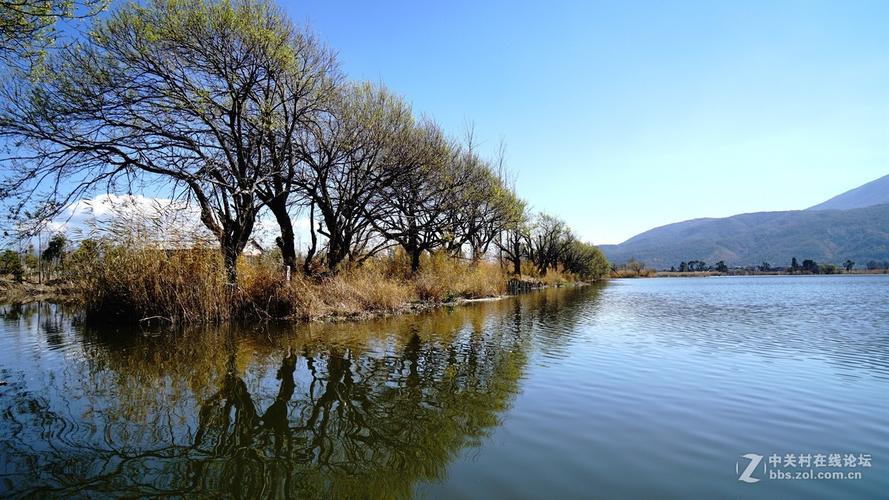Unlocking the Secrets of Multilinear Cultural Evolution: A Comprehensive Guide
In today’s rapidly changing world, cultural evolution has never been more important. Understanding how cultures change and interact with each other is key to successfully navigating the diverse global landscape that we live in. Multilinear cultural evolution is an approach that can help us unlock the secrets of how cultures change over time.
What is Multilinear Cultural Evolution?
Multilinear cultural evolution is an approach to understanding cultural change that suggests that cultural developments are not linear and sequential, but rather multiple and parallel. This approach recognizes that cultural change is influenced by a variety of factors, including political, economic, social, and environmental factors.
Multilinear cultural evolution is different from traditional views of cultural evolution, which suggest that there is only one path of cultural development that all societies follow. In contrast, multilinear cultural evolution recognizes that different societies may develop in unique ways depending on their historical and geographical contexts.
Key Factors Influencing Multilinear Cultural Evolution
There are several key factors that influence multilinear cultural evolution. These factors include:
1. Environment: The natural environment can shape the culture of a society, influencing everything from their diet to their social structures.
2. Technology: The development and adoption of new technologies can have a profound impact on cultural evolution.
3. Trade: The exchange of ideas through trade and commerce can lead to cultural diffusion and the adoption of new practices.
4. Migration: Movement of people across regions and continents can also lead to the spread of ideas and practices, leading to cultural blending and evolution.
How Multilinear Cultural Evolution Shapes Societies
Multilinear cultural evolution can shape societies in various ways. It can lead to the development of new technologies, the spread of new ideas and practices, as well as new social structures and cultural norms.
For example, the emergence of agriculture and animal domestication led to larger and more complex societies, as well as the division of labor based on gender and age. Similarly, the spread of Christianity throughout Europe led to the adoption of new cultural practices and beliefs, leading to the formation of new cultural identities.
The Role of Cultural Evolution in Modern Times
Today, cultural evolution remains as relevant as ever. With the increasing globalization of the world and the rise of technology, cultures are constantly interacting and influencing each other. Multilinear cultural evolution provides a framework for understanding these complex interactions and how they affect cultural change.
The rise of the internet and social media has also played a significant role in cultural evolution. These platforms have allowed for the spread of new ideas and beliefs, and have facilitated the emergence of new cultural norms and practices.
Conclusion: Key Takeaways
In conclusion, multilinear cultural evolution provides a comprehensive and nuanced approach to understanding cultural change. It recognizes that cultural change is not linear, but rather influenced by a variety of factors. Understanding these factors can help us navigate the diverse global landscape and facilitate positive cultural interactions and growth.
(Note: Do you have knowledge or insights to share? Unlock new opportunities and expand your reach by joining our authors team. Click Registration to join us and share your expertise with our readers.)
Speech tips:
Please note that any statements involving politics will not be approved.
